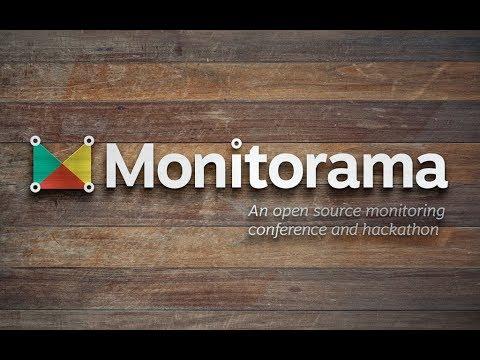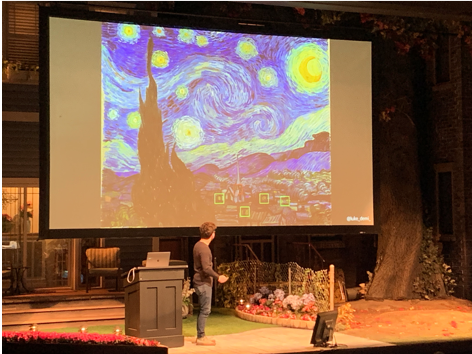Notes from Observability Roundtables: Capabilities Deep-dive
Greetings, fellow o11ynaut! You may recall a post we shared here about two months ago that told tales of the themes we felt best represented our recent release of the Framework for an Obsersvability Maturity Model. Well, the o11y maturity model was once again the primary topic and focus of Honeycomb’s most recent Observability Roundtable event held in San Francisco in mid August.









